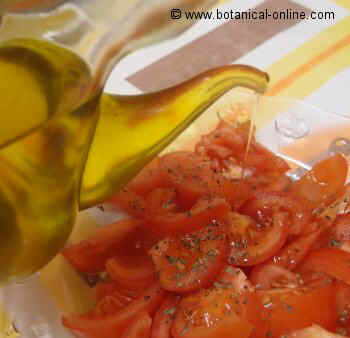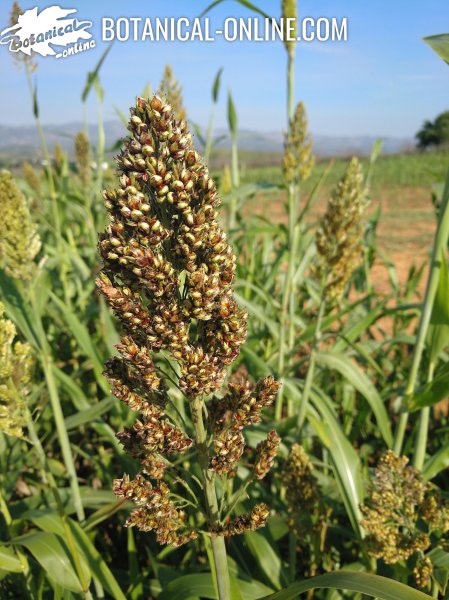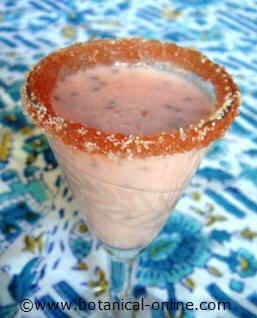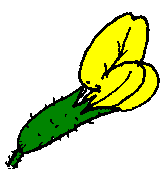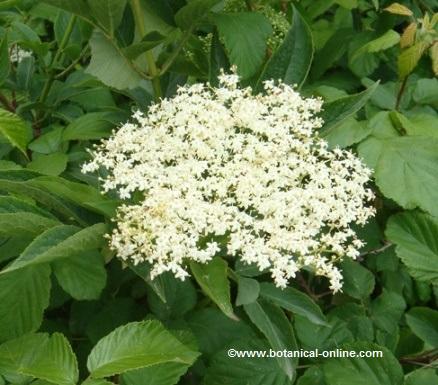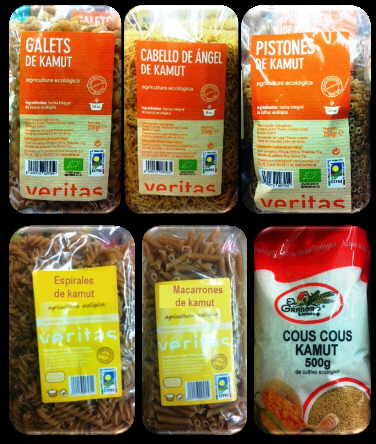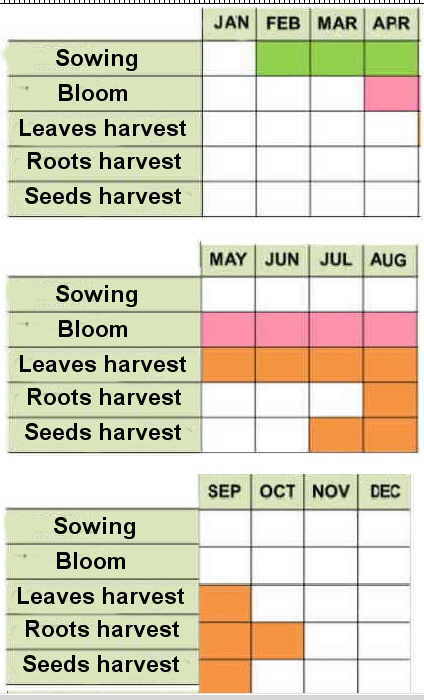Contents
What is a quince tree?
Quince characteristics (Cydonia oblonga)
Common English name: Quince
Scientific name: Cydonia oblonga Mill.
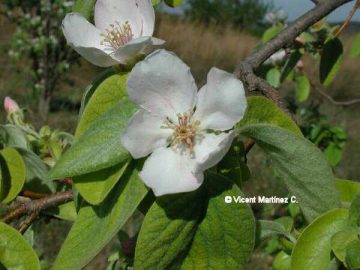
The name of the genus “Cydonia” comes from the Greek “κυδωνια” (kydōnia), which in Latin is called “Cydonia”, the name of a Greek city in Crete.
“Oblonga” comes from the Latin “oblongus”, which means “oblong”, that is, longer than wide. It refers to the shape of the fruits.
“Mill” refers to Philip Miller, English horticulturist and botanist (1691-1771), who was the one who first included it in his book The Gardeners Dictionary (The Gardeners Dictionary).
Synonyms: Cydonia communis Loisel.; Cydonia cydonia Pers.; Cydonia europaea Savi; Cydonia maliformis Beck; Cydonia sumboshia Buch.-Ham. ex D.Don; Cydonia vulgaris Pers.; Cydonia vulgaris var. oblonga (Mill.) DC.; Pyrus cydonia L.; Pyrus-Cydonia cydonia Weston; Sorbus cydonia Crantz;
Family: Rosaceae
Quince origin: Quinces were first cultivated in the Caucasian region located near the Caspian Sea and the Black Sea. They appear for the first time documented in the year 600 BC and it seems that they were cultivated before apples between 200 and 100 BC.
Quinces were fruits considered to be the symbol of fertility in Greece, where brides were offered one of these fruits on their wedding day. They immediately stand out for their fragrance, which has been used as a deodorant, to give perfume to many bedrooms.
In Persia and Iran they are trees with a great history, to the point that it is believed that the quince fruit was the forbidden fruit that Eve ate in Paradise when she was tempted by the serpent.
The quince tree was a tree highly appreciated by the Romans. It appears in De Re Co Maquinaria (“On Cooking Matters”), a writing by Marcus Gavius Apicius (1st century AD), considered to be the first cookbook in a recipe made from quinces boiled with honey and wine.
Habitat: They are native to Southwest and central Asia (Armenia, Turkey, Iran, Georgia …) where they can still be found in the wild. Naturalized in most of Europe, being very common in the margins of the fields, edges of the forests, next to walls, streams, in light and fresh soils of the Mediterranean countries.
Although they prefer a mild or warm climate, with not very cold winters and hot summers, their ability to adapt to the cold has made them a species that can be found in latitudes such as the cold lands of Scotland. However, under these latter conditions their production is greatly diminished.
Their ability to live in poor lands, where other trees cannot develop, is what has made this species continue to grow by itself, taking advantage of neglected corners of the field, practically without any attention from the farmer in most cases.
Other times, we can see them planted next to ditches or streams as suitable plants to fix the land and prevent the current from eroding it. A similar function is when it is planted as a border or fence to separate different farms. Be that as it may, it is capable of living without any fertilizer being added or any pruning or treatment being applied to it.
Despite its ability to adapt, it prefers slightly acidic soils (pH between 5.7 and 7.3) and that remain humid.
Quince description
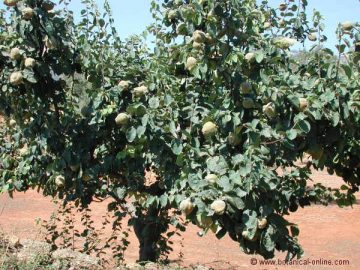
Deciduous tree or shrub of the rose family (rosaceae) between 1.5 and up to 7 meters high.
Erect, tortuous stems covered with a patent hairiness.
Alternate, simple leaves between 6 and 11 cm long with a tomentose white underside. Make green and glabrous. Short petiole. Ovate or rounded.
Very showy and large pinkish-white flowers. Solitary in the axils of the leaves, 4 to 5 cm in diameter. 15 to 25 stamens.
Very aromatic edible fruits, called quinces. The fruits of the quince tree are fleshy (pomes), although somewhat woody in consistency and similar to a pear in shape (piriform) or globular in shape.
Inside it contains 5 lobes where the reddish-brown seeds are found.
Its color is green at first and covered with a dense blur. As it matures, it turns from green to golden yellow, loses its layer of hairiness and becomes very aromatic.
The fruits of the wild trees of northwestern Europe have fruits with a small size (between 2.5 and 3.5 cm long) compared to the specimens grown in southern Europe whose size can reach up to 15 cm.
It blooms first and its fruits can be eaten in autumn. Although autumn is the best time to harvest quinces, (late September) we can have this fruit until well into January.
The quince tree is a tree that withstands drought very well and normally conforms to rainwater. It must be grown in full sun.
Quince composition
- Acids: Ascorbic, chlorogenic, ferulic, isochlorogenic, p-coumaric (fruits), malic, myristic and tartaric (seeds)
- Essential fatty acids: linolenic, linoleic. (seeds)
- Minerals: Calcium, boron, iron, potassium, sodium (fruits) Vitamins: Vitamin C, Vitamin A (beta carotenes), Vitamin B (niacin, riboflavin, thiamine)
- Tannins: (Seeds) Carbohydrates: Sucrose, fructose, glucose (fruits), galactose, L-arabinose (seeds)
- Fiber: cellulose (seeds) mucilages (seeds) pectin (fruits)
- Cyanogenic glycosics: Amygdalin, also known as laetrile or nitriloside (seeds)
- Flavonoids: Isoquercetin, Quercetin (Fruits)
- Polyphenols: Quercetin-3-O-rutinoside; kaempferol-3-glucoside; kaempferol-3-glucoside; 3-0 caffeoylquinic acid; 5-0 caffeoylquinic acid and 3.5-0 dicafeoylquinic acid)
Quince uses
- For its fruits: used mainly as food, but also with many properties as home remedies, production of pharmaceutical components…
- For its wood: pinkish-white in color, used in the construction of furniture or wooden objects.
- For its seeds
- As a basis for grafting pear or apple trees. Due to its ability to tolerate soils with little aeration and that can suffer temporary waterlogging. In addition, the specimens produced from these grafts produce more productive and smaller specimens, therefore, easier to work with.
- As an ornamental plant in gardens: Due to the beauty of its flowers, leaves and fruits, as well as its moderate size, it can be planted in small gardens. It is also ideal as a species to produce hedges, as it can be easily pruned and shaped.
![]() More information on quinces and other plants
More information on quinces and other plants

